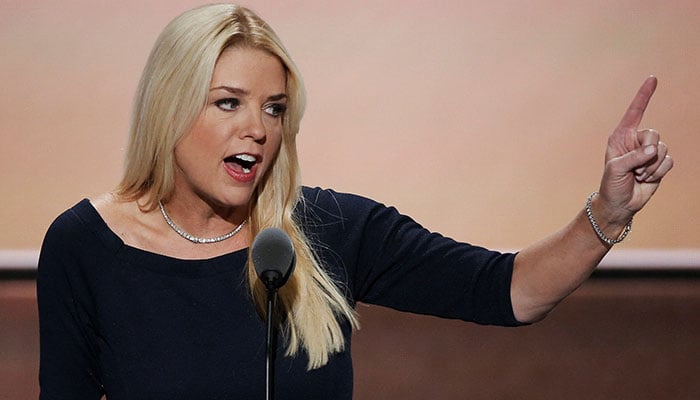

WASHINGTON - Harris picks Tim Walz as her running mateMinnesota Gov. Tim Walz hadn’t been in the top tier of potential running mates for Kamala Harris until the past few weeks. But his selection to join the vice president on the Democratic ticket underscores both the power of social media and of being relatively affable and nondivisive. The fact that Harris selected a candidate who does well online shouldn’t be surprising. This is the campaign that has embraced “coconut tree” and “brat.” But is the Walz pick indicative of a campaign that is too online? That’s a fair question given that Harris skipped over Pennsylvania Gov. Josh Shapiro in favor of Walz. Shapiro, who was long seen as a front-runner for the vice presidential pick, divided a lot of the online left over his perceived views on the Israelis and Palestinians.
Notably, Walz shares many of those same views but received far less backlash than Shapiro, who is Jewish.
One of the first rules when it comes to a vice presidential pick is to “Do no harm.” Harris likely did no harm with this pick. The big question now is whether she left points on the board by choosing Walz over Shapiro.
Minnesota is likely not going to be competitive this fall. No Republican nominee for president has carried the state since 1972, and polling in the North Star State since Harris entered the race has shown that the streak is likely to continue.
Pennsylvania, on the other hand, is almost certainly a must-win state for Harris. In fact, it is probably the most important swing state this cycle, and the polling there has been very tight.
Shapiro holds a 61% favorable rating in Pennsylvania and outperformed Biden’s 2020 baseline by 14 points in 2022.
What we can say, though, is that Walz is not likely to help Harris with many swing voters. He did less than a point better than Biden in Minnesota when he won reelection in 2022. In fact, Shapiro seems to have done better with White voters without a college degree in Pennsylvania than Walz did with the same demographic in his state two years ago. Minnesota, which has been led by Gov. Tim Walz since 2019, has had a healthy labor market since it recovered from a Covid-19 pandemic-induced shock in early 2020.
The state’s unemployment rate was 2.9% in June, which tied for 11th lowest with four other states, according to the US Bureau of Labor Statistics. It has been at 3% or less since November 2021.
That’s lower than the national unemployment rate, which was 4.1% in June and has mainly hovered in the mid- to high-3% range since early 2022.
Likewise, a larger share of Minnesotans are in the labor force, compared to their peers nationwide. The state’s participation rate, which counts both those working and looking for jobs, was 67.8% in June, the fifth highest in the US. The national rate was 62.6%.
Under Walz, the state has also enjoyed a healthy budget surplus, which has allowed the governor to enact many of his progressive policy proposals. The 2024-25 biennium budget is projected to end with a surplus of $3.7 billion, according to the Minnesota Management and Budget agency’s latest projection in February. That’s an increase of $1.3 billion from the agency’s projection from November.
Tax revenue, especially from corporations, was also higher than previously projected, according to the agency. However, Minnesota is still expected to spend more than it collects in revenue in the current budget term and the next one.










